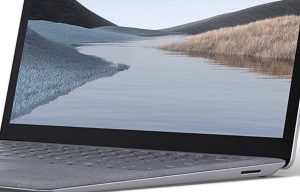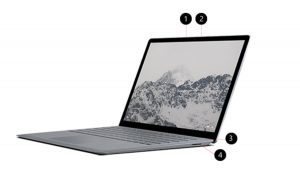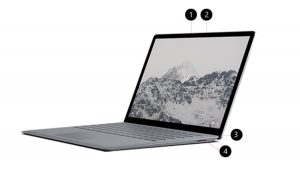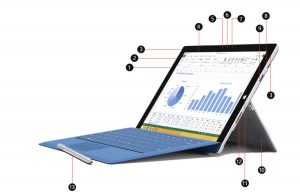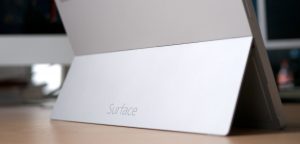Apple’s Move to ARM Proved Successful – Microsoft Joins the Transition
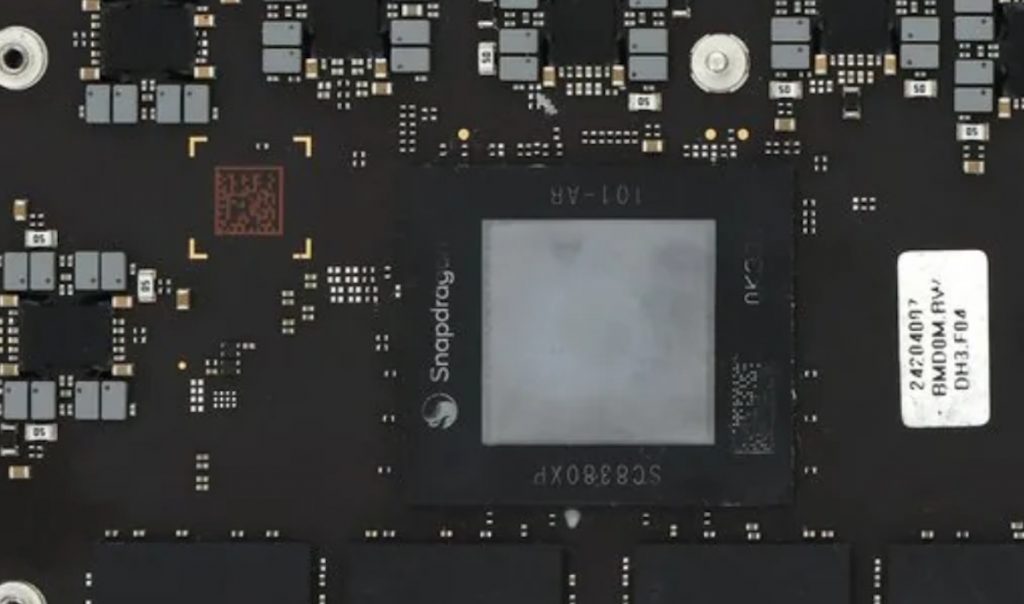
Foto credit: iFixit.com
Apple’s bold decision to transition from Intel’s x86 processors to its own ARM-based silicon has proven to be one of the most significant shifts in the tech industry. The move brought improved performance, energy efficiency, and seamless integration between hardware and software. With the introduction of the M1 chip in 2020, Apple showcased how ARM architecture could revolutionize computing, and subsequent iterations, including the M2 and M3 series, have only solidified its success.
Microsoft’s Adoption of ARM
Years later, Microsoft has decided to follow suit, embracing ARM architecture for its hardware and the Windows operating system. While Microsoft remains deeply connected to x86 due to its long-standing partnership with Intel and AMD, it has recognized the potential of ARM in an era where power efficiency and AI-driven applications are becoming increasingly important. The company has expanded its efforts in developing ARM-based devices, such as the Surface Pro X, and has improved Windows compatibility with ARM hardware.
AI and ARM: A Perfect Match
The growing significance of AI has further cemented ARM’s position in modern computing. Tech giants like Apple, Google, and Microsoft are all investing heavily in AI-driven applications, many of which benefit from ARM’s efficient processing capabilities. With AI becoming an integral part of consumer and enterprise applications, ARM’s low-power, high-performance advantages make it an attractive choice for future hardware developments.
The Future of Windows on ARM
Microsoft’s shift towards ARM does not signal an immediate departure from x86, but it does indicate a strategic push towards diversifying its hardware ecosystem. Windows on ARM is seeing better optimization and developer support, making it a more viable option for mainstream use. Microsoft is actively working on refining Windows ARM performance and compatibility, ensuring smoother transitions for developers and end-users alike.
Conclusion: A New Era in Computing
The industry-wide adoption of ARM signifies a new chapter in computing, with Apple’s success serving as a catalyst for change. With Microsoft now embracing ARM more seriously, the future of computing looks to be increasingly driven by efficiency, AI capabilities, and enhanced performance across all device categories. As ARM continues to evolve, we can expect further breakthroughs in hardware innovation, ultimately shaping the next generation of computing.



